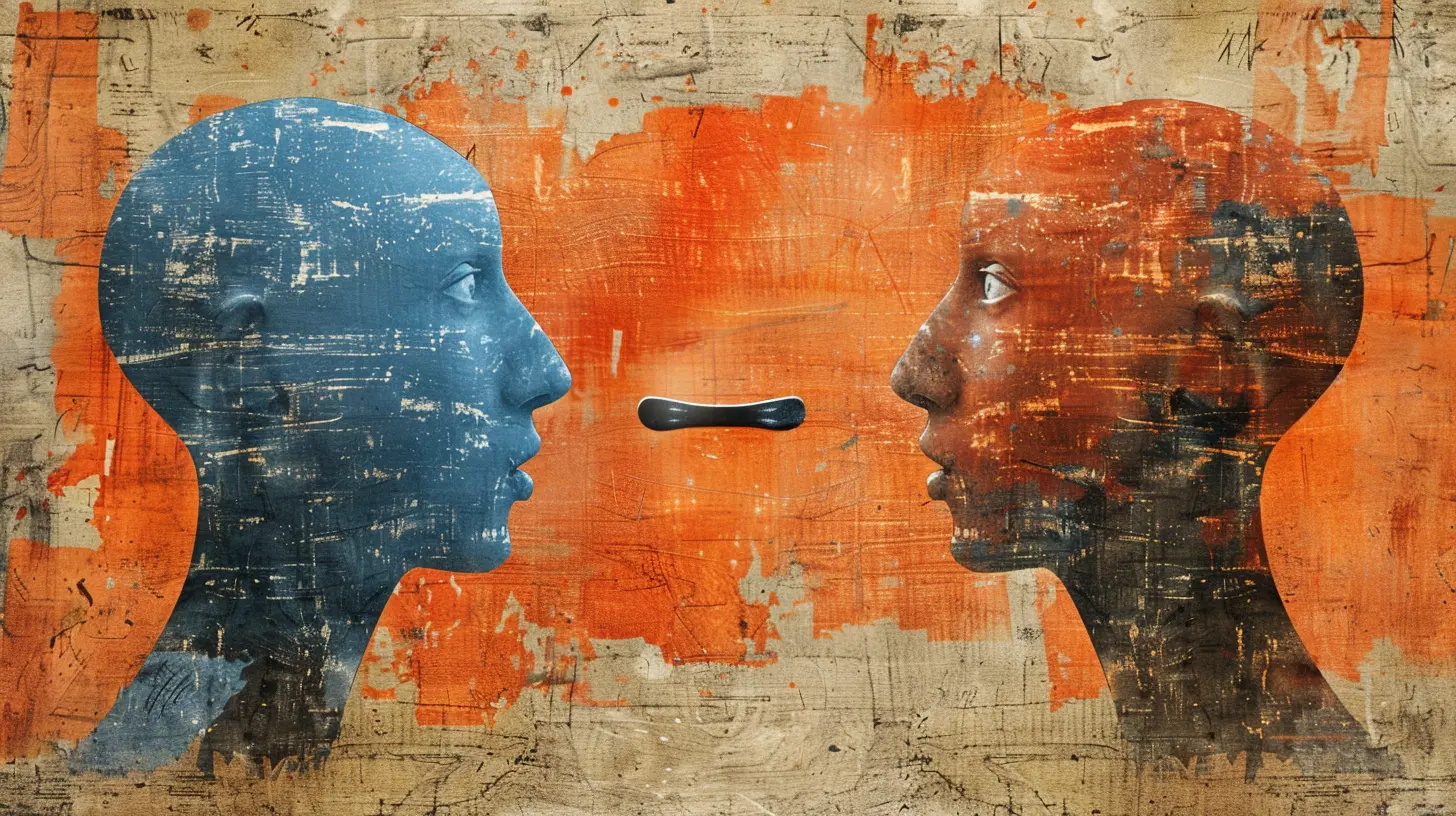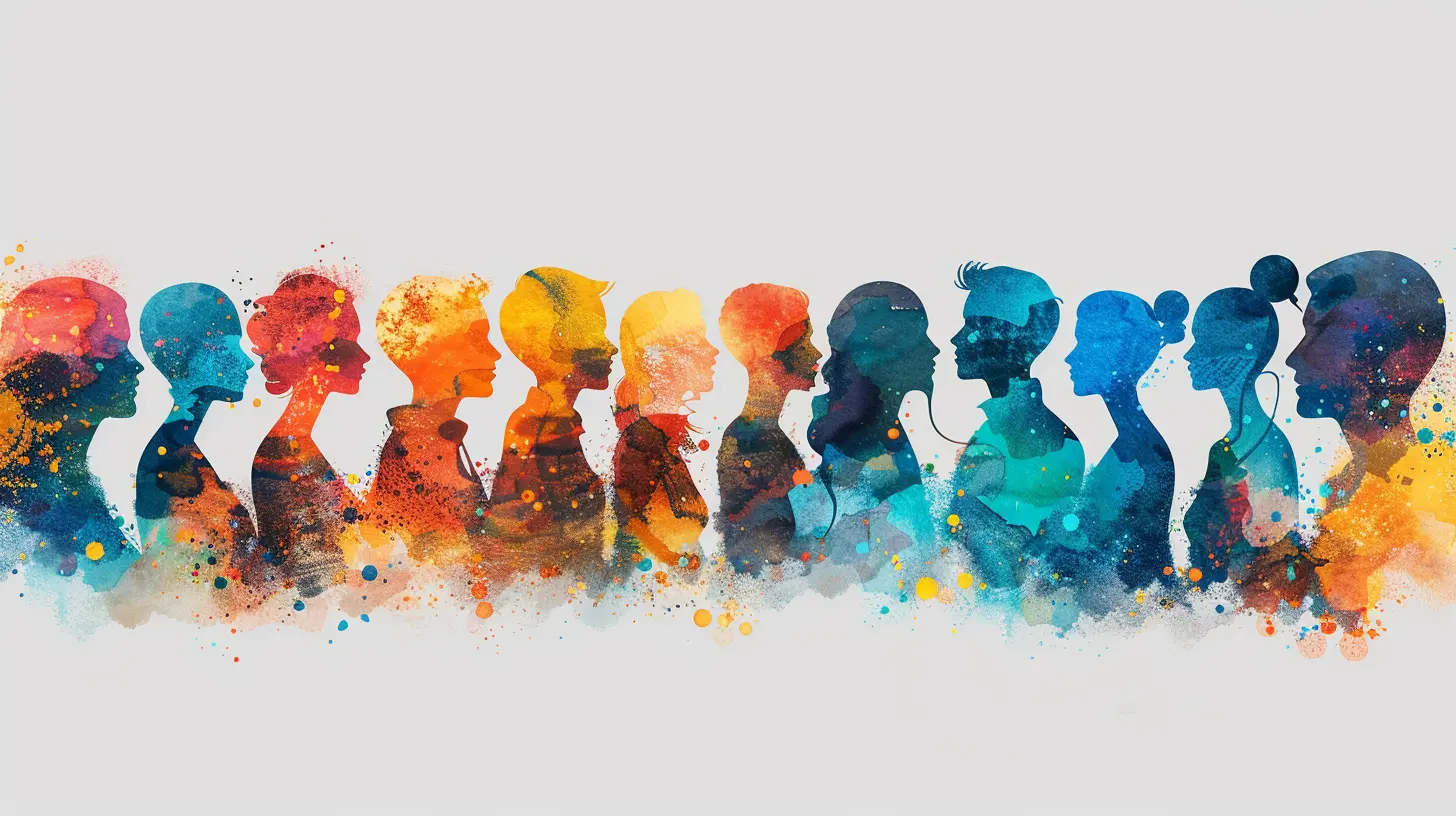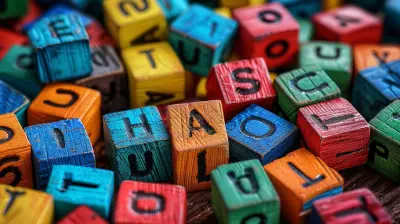6 August 2025
We live in a fast-paced world where news unfolds by the minute, opinions fill our feeds, and information flies in from every direction. The 24/7 news cycle can feel overwhelming—but it’s also one of the richest resources educators and parents have to cultivate a culture of critical thinking.
Want to know the secret sauce? It’s simple: use current events to spark meaningful, thought-provoking conversations. Whether you're a teacher in a classroom or a parent at the dinner table, current events can fuel discussions that go beyond surface-level reactions. They help learners connect classroom knowledge with real-world issues, forming their own opinions while respecting others'.
So, let’s dive into how to tap into the power of current events to ignite critical thinking—and make it stick.
🧠 Why Current Events Are the Perfect Critical Thinking Tool
Think about it—news stories are more than just updates. They’re real-life case studies, moral dilemmas, data puzzles, and historical moments all rolled into one.1. Real-World Relevance
Students often ask, “When will I ever use this?” Well, bring in a story from today’s headlines and suddenly, they're tuned in. Current events make learning feel immediate and important. It’s the bridge between theory and practice.2. Diverse Perspectives
Current issues rarely have just one side. Whether it's climate policy, artificial intelligence, or social justice, these stories are loaded with viewpoints. Encouraging learners to consider multiple sides sharpens their analytical skills.
💬 What Is Critical Thinking, Really?
Before we get into the “how,” let’s get clear on the “what.”Critical thinking isn’t just about arguing or being skeptical. It’s about analyzing information, evaluating evidence, questioning assumptions, and forming reasoned conclusions. It’s asking things like:
- What’s the source of this information?
- Is there bias here?
- What evidence supports this claim?
- Could there be another explanation?
Current events are a goldmine for this kind of mental workout.
🧩 How To Choose the Right Current Events
Not all news stories are created equal. Some are too complex, some too polarizing (especially for younger audiences). So how do you pick the right one?⏳ Timeliness
Stick to stories within the last week or two. The fresher, the better. It keeps the conversation exciting and relevant.🧭 Relevance to Age and Curriculum
Choose topics that connect with students’ interests or what they’re already learning. Studying environmental science? Use a story on extreme weather or ocean pollution.🧘 Balance and Safety
Avoid stories that are too traumatic or inflammatory. It's okay to tackle serious issues, just be mindful of the emotions they may trigger.🎯 Credibility
Always check your sources. Use reputable news outlets and, if possible, bring in contrasting views. This encourages students to compare narratives and look deeper.
🛠️ Strategies to Turn News into a Critical Thinking Playground
It’s not just about reading the news—it’s about digging into it. Here are practical, hands-on strategies you can use right away:1. The 5 Ws and How 💡
Have students break down a story using Who, What, When, Where, Why, and How. It’s simple but powerful.Example:
- Who is involved?
- What happened?
- When did it occur?
- Where did it take place?
- Why is it important?
- How did it unfold?
These questions scaffold understanding and force students to go beyond the headline.
2. Headlines Without Context 🗞️
Show students a headline—but not the full article. Ask them to predict:- What might the article say?
- What are the possible implications?
- What questions do they have?
Afterward, read the full article and compare the assumptions to the reality.
3. Point and Counterpoint 🎯
Pick a controversial issue and have students argue both sides. Yep, even the one they disagree with. It teaches empathy, logic, and argumentation.4. Fact vs. Opinion 🧠
Highlight statements in an article. Ask students to label them as:- Fact (can be proven)
- Opinion (a personal belief or judgment)
This helps them distinguish between evidence and commentary.
5. Perspective Shift 🔄
Ask: “How would different people view this story?” For example:- A journalist
- A politician
- A small business owner
- A student from a different country
This opens the door to global thinking and deeper awareness.
👩🏫 Examples of Critical Questions to Ask in Any Discussion
Here are some open-ended questions that get the mind spinning:- What do you think is the root cause of this issue?
- How might this affect future generations?
- Who benefits and who is harmed?
- What information is missing here?
- Can you think of a similar event in history?
- How would you solve this problem if you were in charge?
These questions don’t have one “correct” answer—which is exactly the point. They push students to think, reflect, and respond with more than just gut reactions.
🧭 Making Critical Thinking a Daily Habit
The goal isn’t just one great discussion—it’s to form a habit of questioning and reflection. Here’s how to keep that momentum going:🗓️ Start with a “News of the Day” Segment
Dedicate 5 or 10 minutes at the beginning or end of class to a quick news story discussion. It keeps minds sharp and conversations flowing.📚 Use Multimedia
News isn’t just in newspapers. Use podcasts, videos, social media, and even memes. The more formats students engage with, the more critically they learn to think about content.📝 Journal Reflections
After a discussion, have students write down:- What they learned
- What questions remain
- What they’d like to explore further
This reinforces reflection and helps you track growth.
🌍 The Bigger Picture: Teaching Global Citizenship
Using current events isn’t just about sharpening thinking—it’s about raising conscious citizens. When students dig into news stories, they start to see how interconnected the world really is.They begin to understand:
- Their voice matters
- Information shapes opinions
- Decisions have consequences
- Empathy and inquiry go hand-in-hand
It’s not just about being smart—it’s about being informed, thoughtful, and ready to engage with the world.
📱 Bonus Tips for Parents and Homeschoolers
Educators aren’t the only ones who can do this. Parents, you’ve got front-row seats to brilliant conversations too!- Watch the evening news together, then ask what stood out.
- Use car rides or mealtimes to discuss a news headline.
- Encourage older kids to bring a story to the table and lead the discussion.
The key? Don’t lecture—just listen, guide, and question together.
🙌 Wrapping Up: Current Events + Critical Thinking = Lifelong Learning
At the end of the day, critical thinking is like a mental muscle. And guess what? Current events are the perfect gym.Every news article is a chance to think deeper.
Every opinion you hear is a chance to analyze.
Every question you ask is a step toward wisdom.
So whether you’re in a classroom, a coffee shop, or your kitchen, start using current headlines to fuel conversations that matter. Teach your students to think more clearly, argue more respectfully, and care more deeply.
Because in a world full of noise, we need more thinkers, not just talkers.








Soliel McNeal
Who knew the world’s chaos could double as a classroom? Let’s turn ‘What on Earth?’ into ‘What are we thinking?’—because if we can’t laugh, we might as well learn something!
November 26, 2025 at 11:58 AM